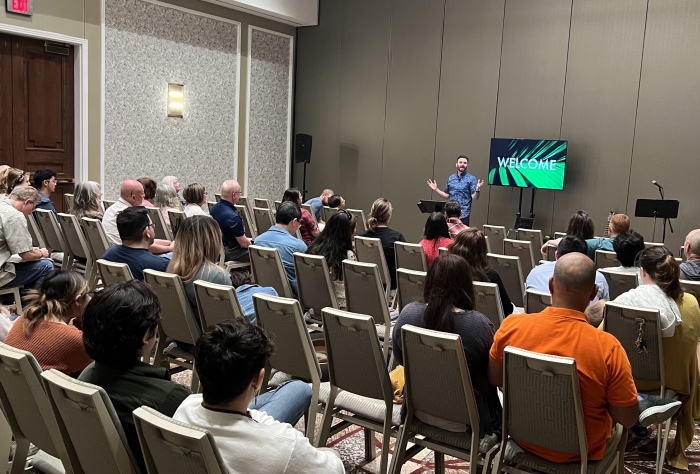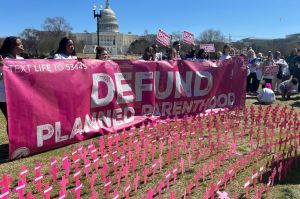Church plants that expect to 'multiply' have greater chance of growing more rapidly: survey

When it comes to church planting in the post-COVID era, having a vision of exponential growth could be a significant factor, according to a new survey.
In what it says is the largest-ever of its kind in North America, the Evangelical Council for Financial Accountability (ECFA) launched "The New Faces of Church Planting and Multisiting" survey to examine various strategies for church planting, also known as multiplying.
In one part of the survey, the researchers looked at respondents who said their church would not multiply within the next five years versus those who said their church would multiply "10 or MORE times" within the next five years.
The survey found that churches that expect to multiply at least 10 times are growing nearly 10 times as fast as those that don't expect to multiply at all.
Those who expect to multiply reported a 10% "annual growth rate since launching," while respondents who did not expect to multiply reported a 0.3% yearly growth rate.
The survey asked over 2,700 participants — made up of more than 2,300 church planters/founding pastors and nearly 390 multisite directors or campus pastors — about how their ministries have bounced back from the pandemic and how that has impacted their growth plans.
The COVID-19 pandemic may have caused only a "temporary dip" in the ability of new churches to implement large-scale launch strategies.
While the number of new churches that drew 200 or more people on launch day dropped from 12% in 2019 to 7% in 2020, the number rebounded to 20% in 2021 and 17% by May 2022.
The data suggests that some non-growing churches spent more at launch than growing churches. A growing church is defined as one where average annual attendance growth was 5% or more between launch and 2020 and remained steady or grew during 2020-2022, according to the survey.
While growing churches with 500 or more in weekly worship attendance in 2022 spent an average of around $322,000 at launch, there weren't enough non-growing churches with that attendance size in 2022 to warrant an average being listed in the report.
While non-growing churches that ranged in attendance from 101-200 for worship in 2022 spent around $247,000 on average at launch, growing churches that maxed out at 200 for weekly worship in 2022 spent around $141,000 at launch. Non-growing churches whose attendance ranged between 51-100 in 2022 spent an average of around $220,000 at launch while growing churches whose attendance ranged from 51-100 for 2022 spent an average of $100,000 at launch.
The survey was conducted from Feb. 22 through May 30 via targeted emails and social media. After surveying 3,286 participants, that number was reduced to 2,702 to remove duplicate entries from the same church, survey takers outside of North America, non-Protestant participants, and survey responses with too few questions answered.
Another factor assessed in the study is how church plants fared if their pastor was paid full time at launch and found a correlation with church attendance.
The vast majority of growing churches with over 500 in weekly attendance in 2022 (83%) paid their pastors full time at launch. By comparison, 55% of growing churches with 50-100 attendees in 2022 and 52% of growing churches with between 0-50 in attendance paid their pastors full time since launch. Sixty percent of non-growing churches with between 0-100 members in 2022 and 42% of non-growing churches with 50-100 members in 2022 paid their pastors full time since launch.
Churches draw from different sources for pre-launch funding, with the core group/launch team accounting for just about a quarter (26%) of the financing.
Other sources include one or more local churches (19%), one or more denominations, networks or ministries (19%) and a primary leader's household earnings or savings (15%).
In 2016, about four years before the pandemic, church growth and discipleship multiplication expert Bill Hull estimated the "cost" to win a single convert to the Gospel involves 100 church attendees, a pastor and $100,000 a year.
Multisiting and church planting have spiked in popularity, even amid the early weeks and months of the pandemic.
For example, the Southern Baptist Convention's North American Mission Board planted more churches in 2020 than the year before. The SBC also increased its church plant numbers globally, according to SBC data.





























